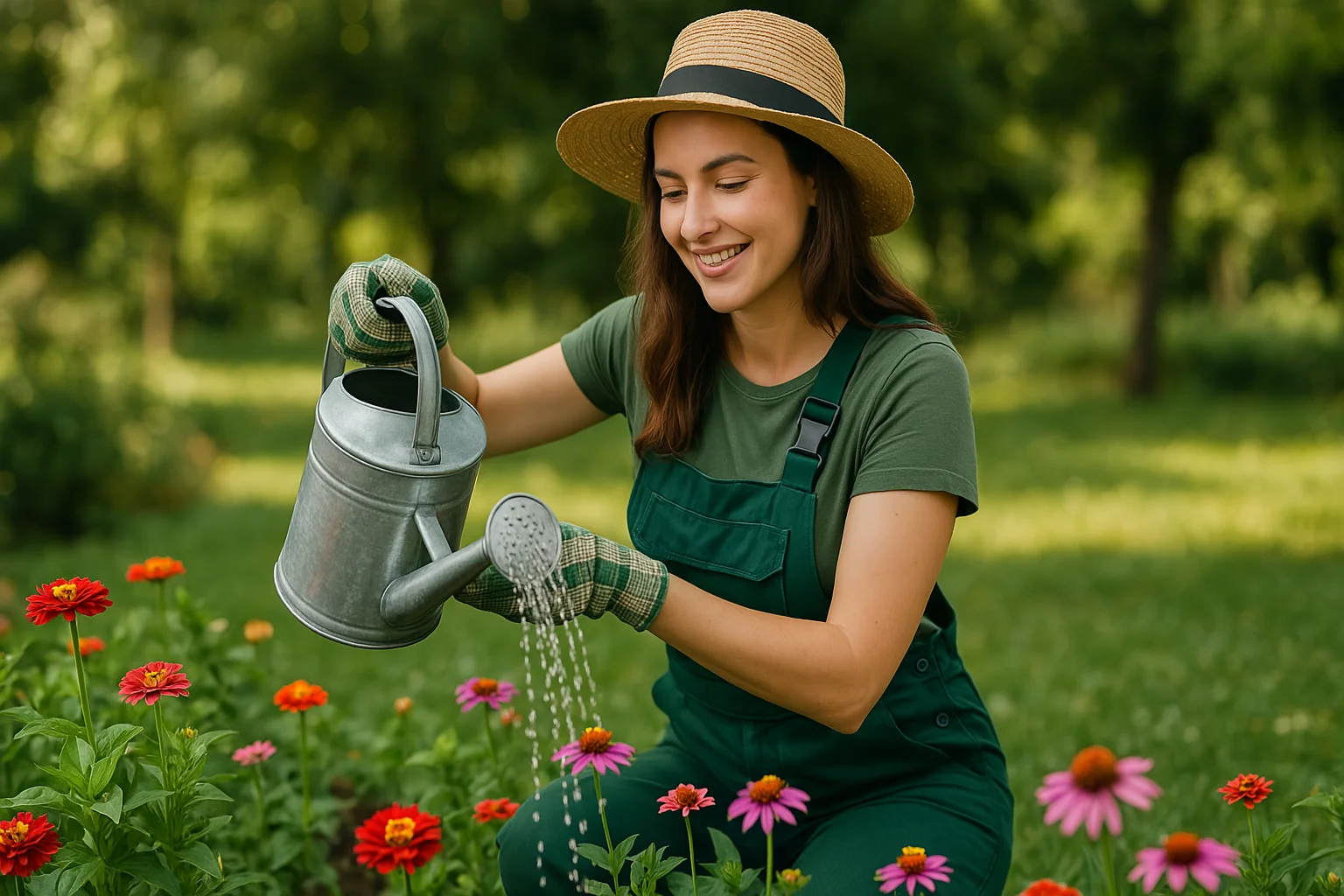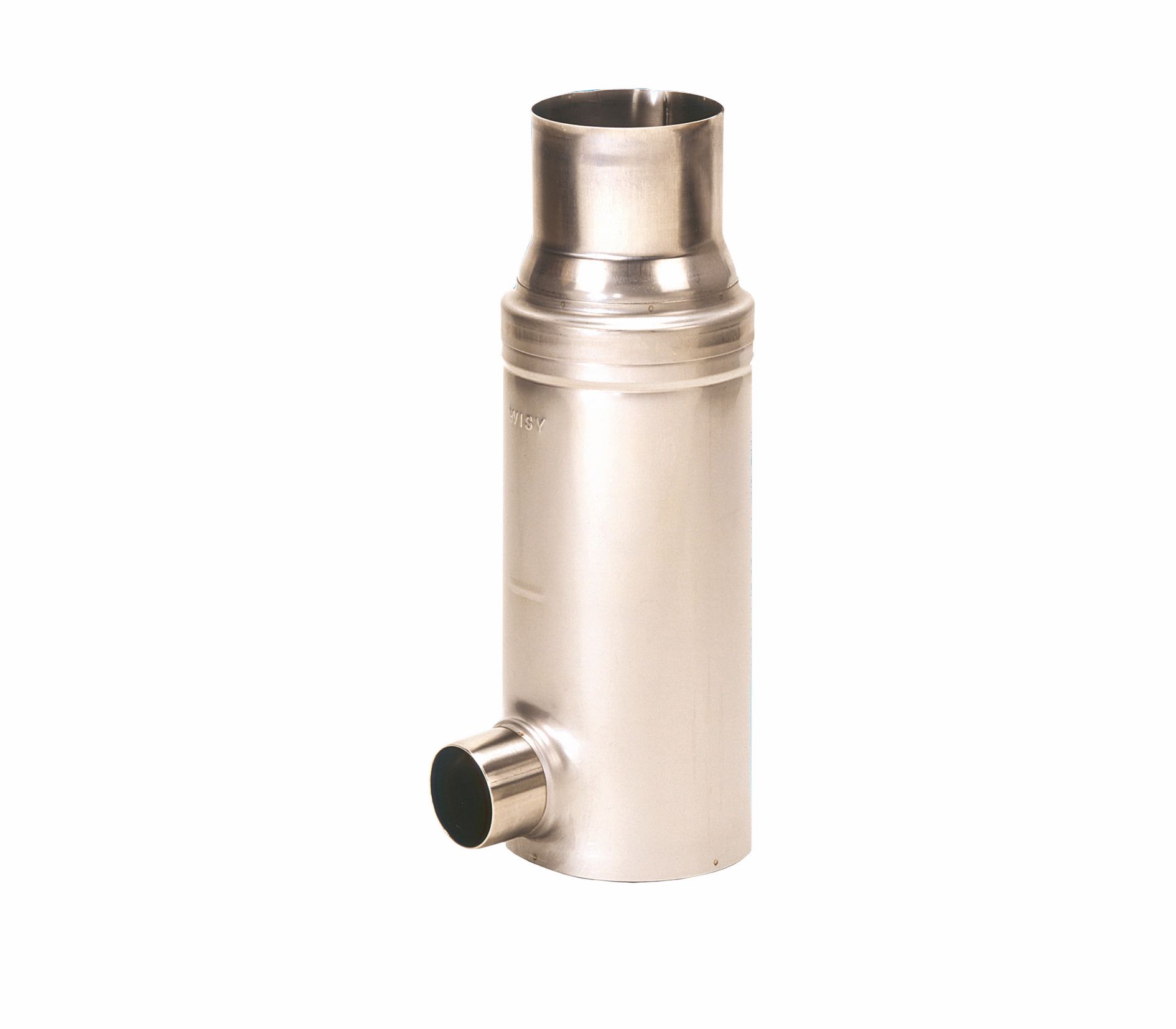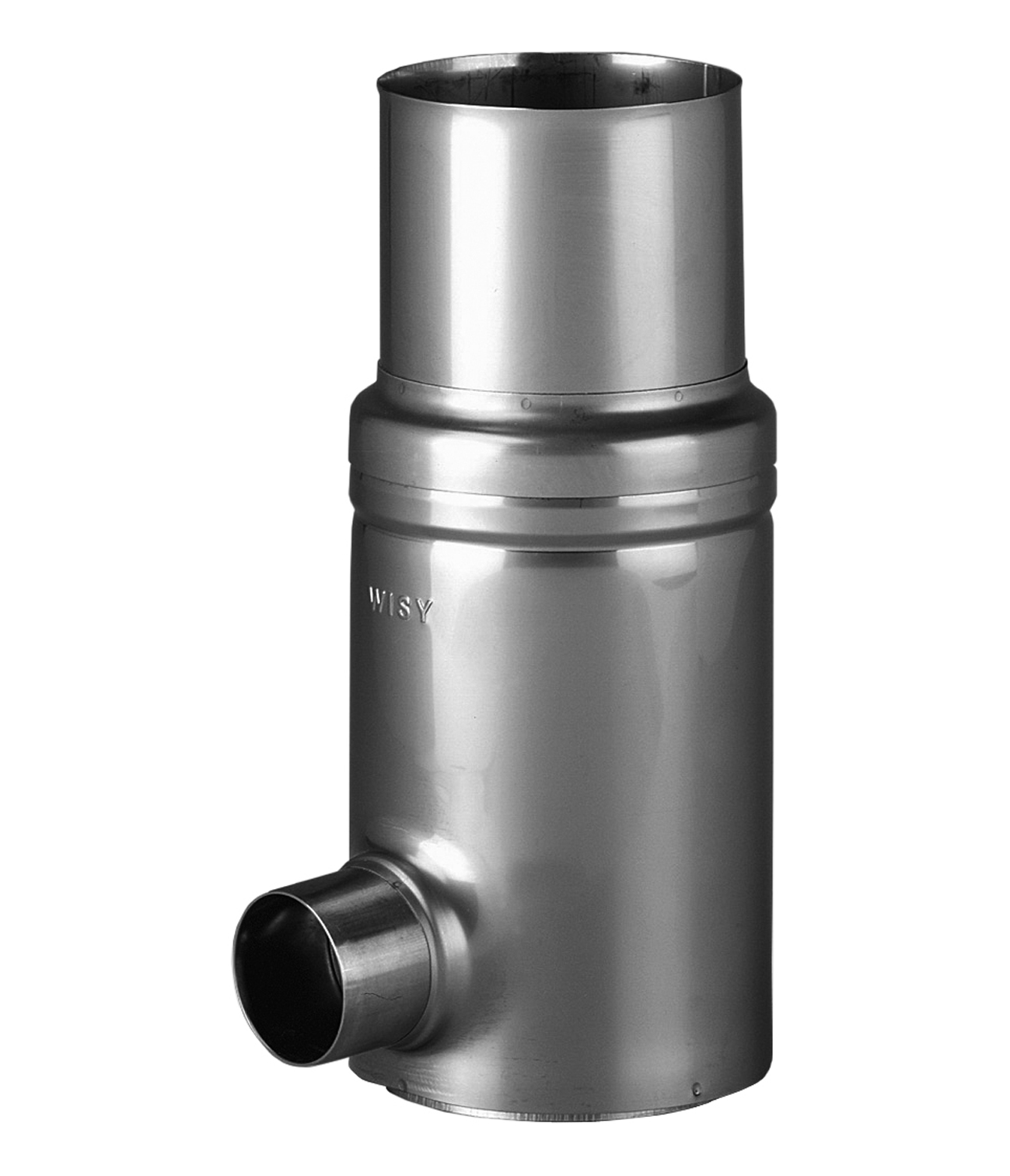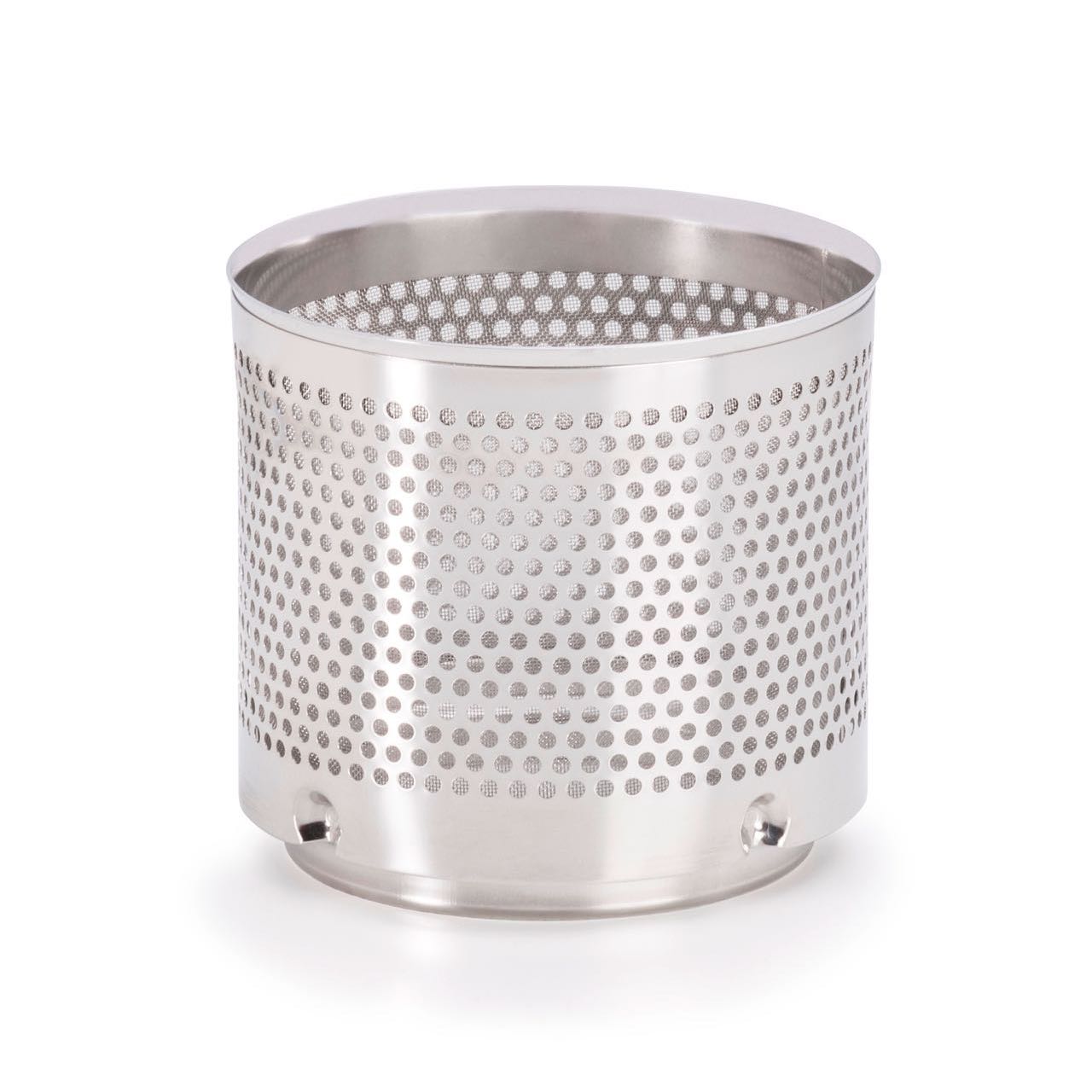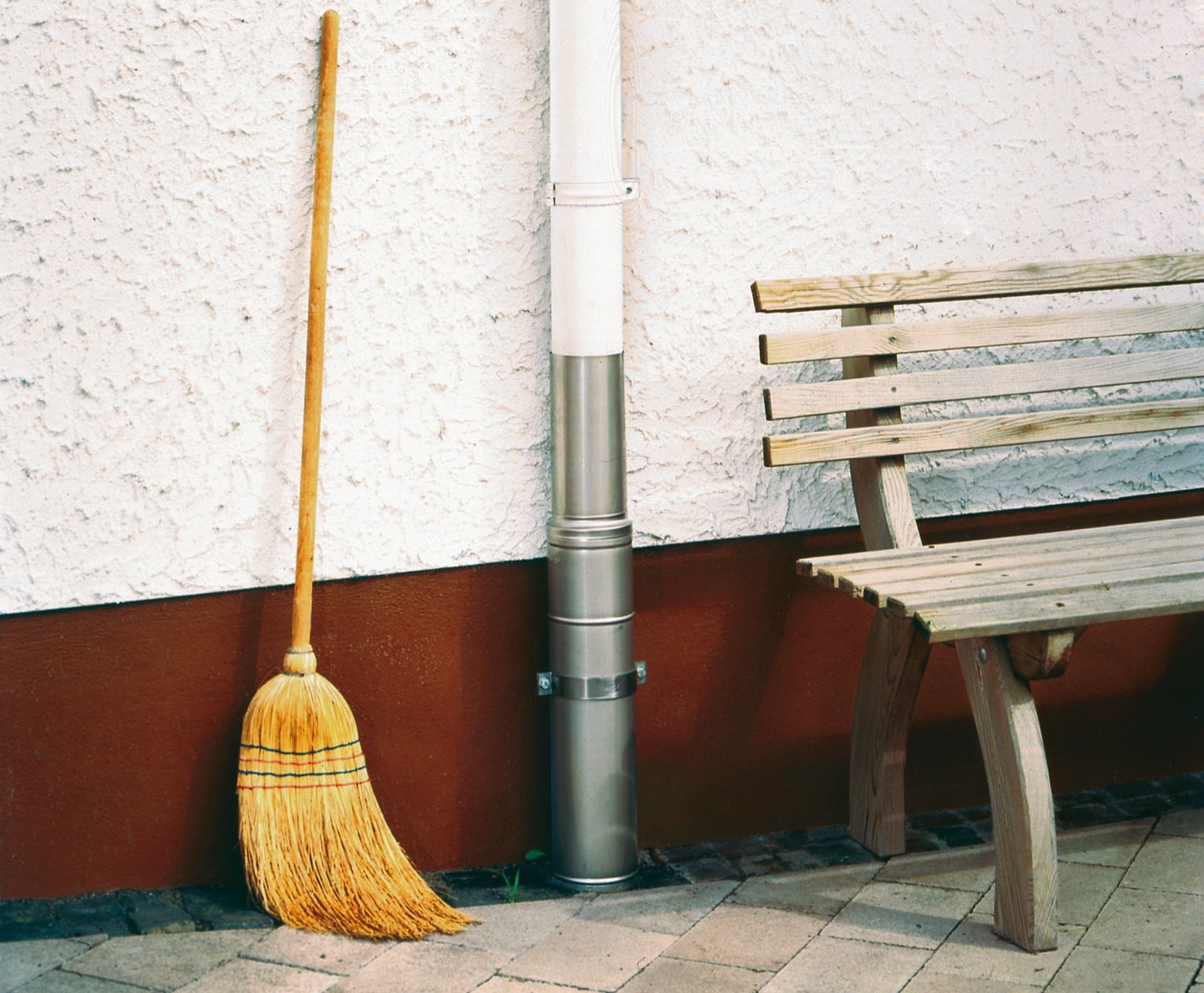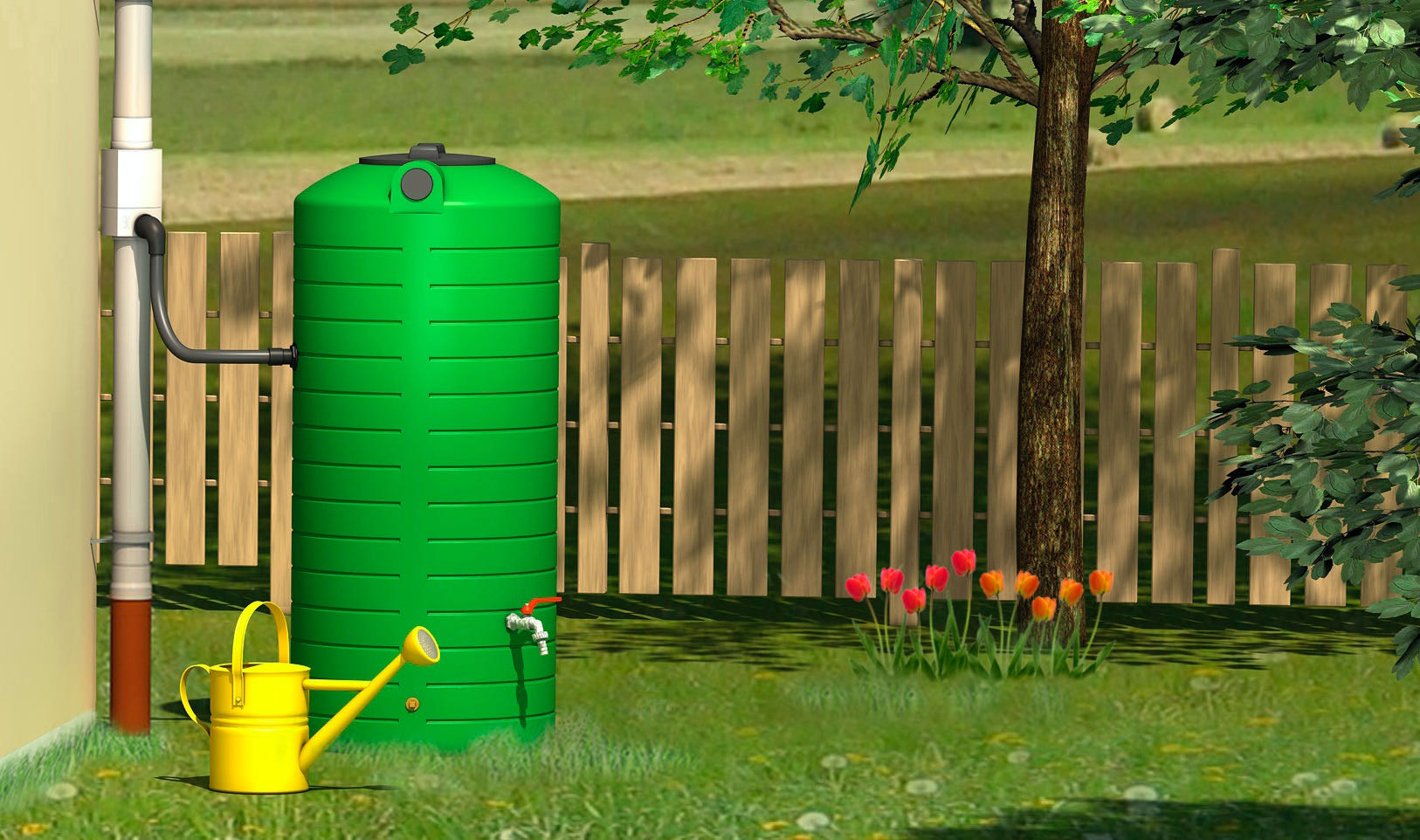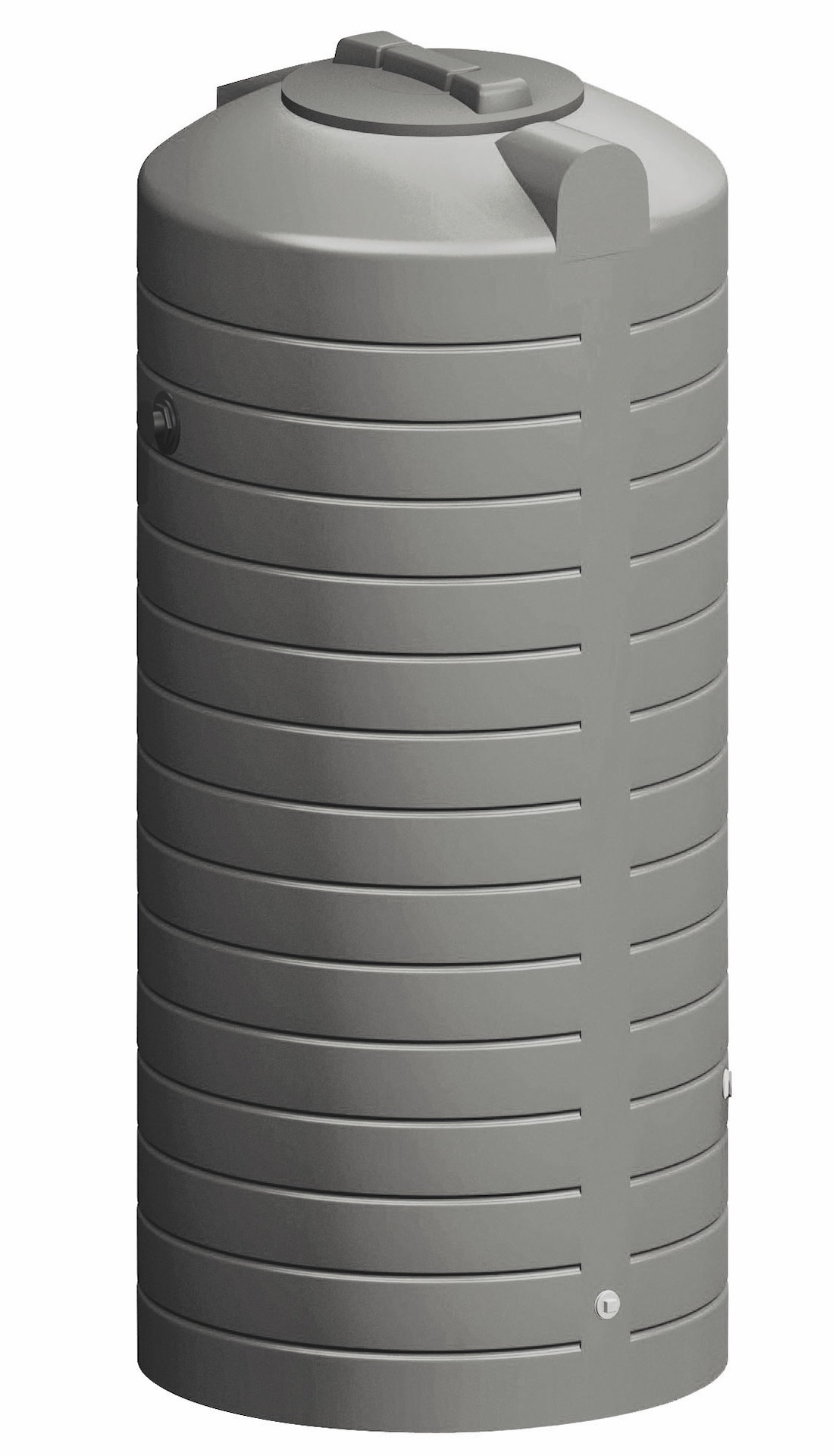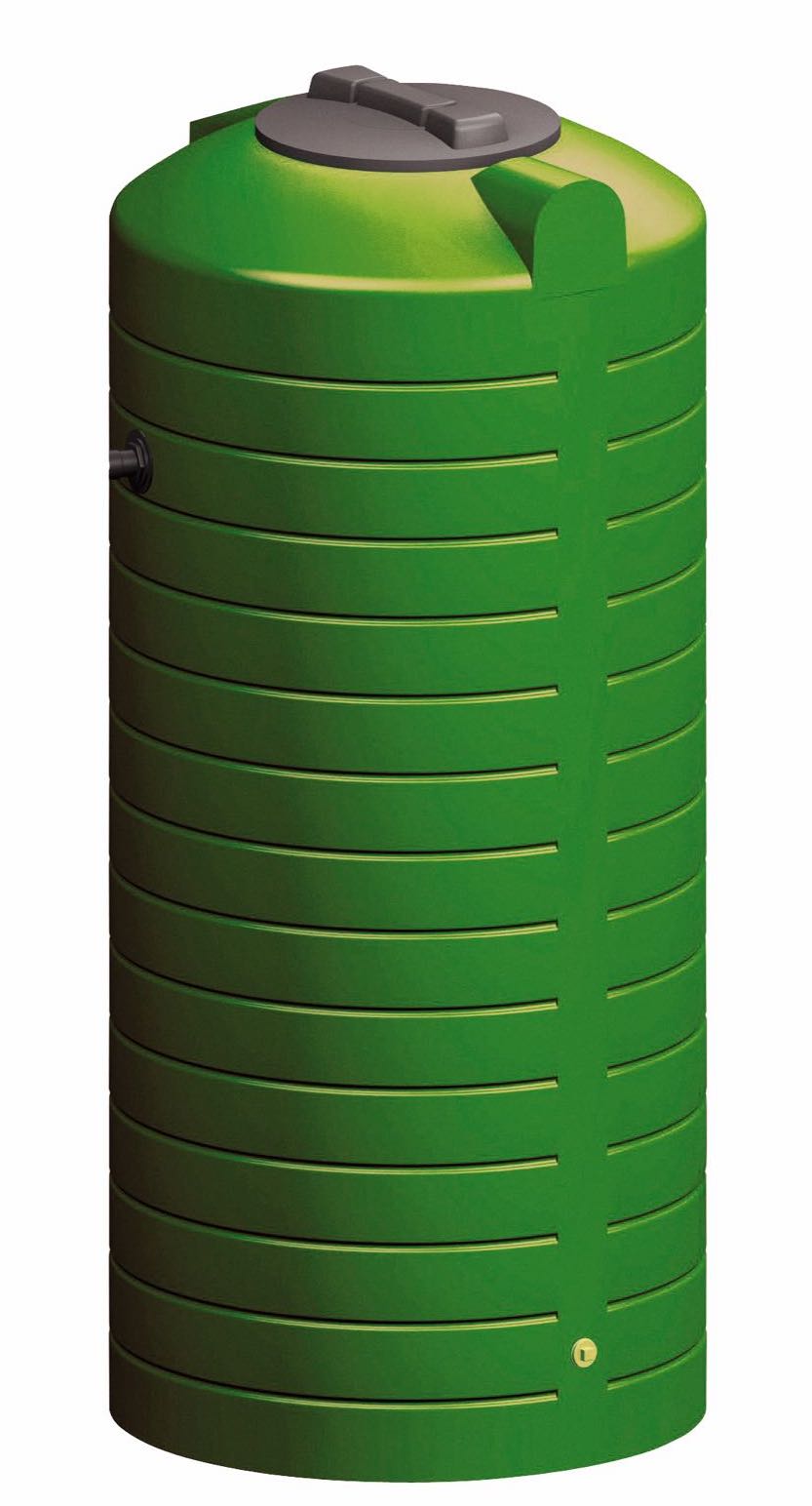How to water your flower bed
A well-tended flower bed is the centrepiece of any garden. Flowering plants not only bring colour, but also life to your green oasis. But to maintain this splendour, the right watering is crucial. In this article, you will learn how to water your flowerbed efficiently and effortlessly.
Maintain a blooming joy in the garden
For your flowers to thrive, they need water above all else. Especially in the hot summer months, it is important to provide the plants with sufficient water. By watering your garden correctly, you can ensure that your flowers grow healthily, bloom and beautify your garden.
Rainwater - the best water for your plants
Rainwater is particularly valuable for plants because it is purely natural as it falls from the sky. It is free of lime and minerals that are contained in tap water. Limescale-freewater also has the advantage of preventing limescale deposits in pipes and irrigation systems, which is particularly important for sensitive systems such as drip irrigation. Collecting and utilising rainwater is the most natural method for garden irrigation. Collecting rainwater is easy with a downpipe filter from WISY. The filter cleans the water of coarse impurities and channels it directly into a rain barrel, drum or other collection container. This allows you to collect water sustainably and cost-effectively - for the benefit of your plants and the environment.
Manual pouring for small areas
Traditional watering with a watering can is suitable for small, manageable beds. This method enables targeted watering and you can always keep an eye on the amount of water. However, it is laborious and time-consuming. It also requires your presence, which can occasionally be a problem.
How can you water your plants while on holiday? Find out more in our blog post Tips and tricks for watering plants on holiday
Drip irrigation for your flower bed
Drip irrigation is an alternative to manual watering. Special drip hoses are laid in the bed to bring the water directly to the plants. This method works fully automatically with a timer. It saves water and also ensures that the leaves are not wetted with water droplets, which could lead to burns in intense sunlight. (However, the best time to water is in the evening anyway, when the sun goes down and the irrigation water has time to soak the soil overnight). Drip irrigation systems are ideal if you want to maximise the amount of water and control it precisely.
Install drip irrigation
For larger beds or entire lawns, it is advisable to install a sprinkler system. These systems water the garden automatically and evenly. Sprinkler systems can be switched on and off automatically and are therefore perfect for supplying large areas with water without much effort. However, it is difficult to water individual plants with them
Various watering options summarised
Depending on the size and type of your garden, you can choose between different watering systems. Drip irrigation for individual plants and beds and sprinkler irrigation for large areas are fully automatic. Personal presence is required for classic watering with a watering can. This brings you into contact with the plants and allows you to adjust the amount of water precisely to their individual needs.
Let WISY advise you
If you would like to water your flower bed with rainwater, we will be happy to help you. We offer advice and all the products you need to collect and utilise rainwater. From downpipe filters to rainwater barrels, rainwater tanks or underground cisterns - at WISY you will find everything you need for rainwater irrigation. Contact us and let us advise you!





